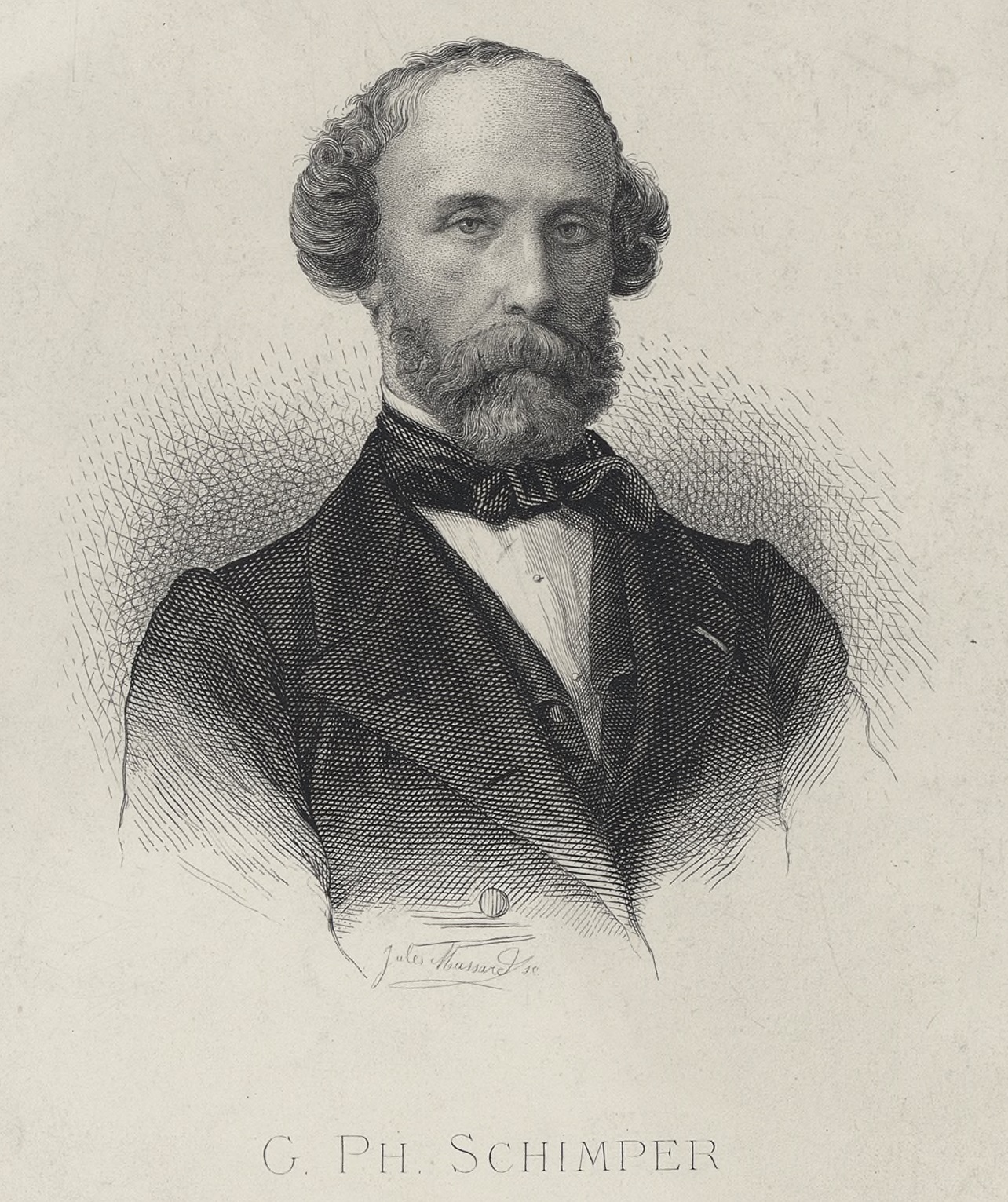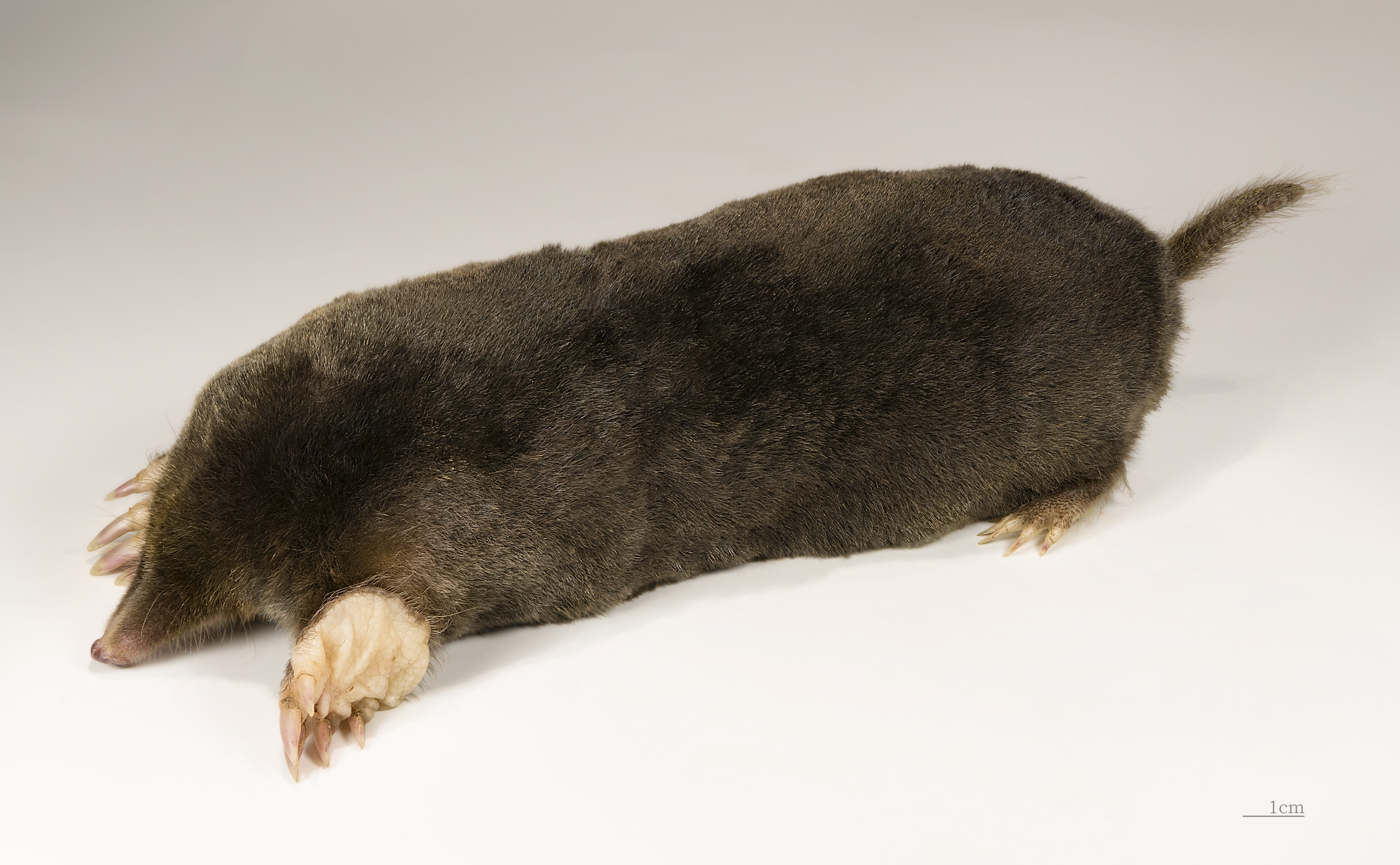|
Afrothere
Afrotheria ( from Latin ''Afro-'' "of Africa" + ''theria'' "wild beast") is a clade of mammals, the living members of which belong to groups that are either currently living in Africa or of African origin: golden moles, elephant shrews (also known as sengis), tenrecs, aardvarks, hyraxes, elephants, sea cows, and several extinct clades. Most groups of afrotheres share little or no superficial resemblance, and their similarities have only become known in recent times because of genetics and molecular studies. Many afrothere groups are found mostly or exclusively in Africa, reflecting the fact that Africa was an island continent from the Cretaceous until the early Miocene around 20 million years ago, when Afro-Arabia collided with Eurasia. Because Africa was isolated by water, Laurasian groups of mammals such as insectivores, rodents, lagomorphs, carnivorans and ungulates could not reach Africa for much of the early to mid-Cenozoic. Instead, the niches occupied by those groups o ... [...More Info...] [...Related Items...] OR: [Wikipedia] [Google] [Baidu] |
Aardvark
The aardvark ( ; ''Orycteropus afer'') is a medium-sized, burrowing, nocturnal mammal native to Africa. It is the only living species of the order Tubulidentata, although other prehistoric species and genera of Tubulidentata are known. Unlike most other insectivores, it has a long pig-like snout, which is used to sniff out food. It roams over most of the southern two-thirds of the African continent, avoiding areas that are mainly rocky. A nocturnal feeder, it subsists on ants and termites, which it will dig out of their hills using its sharp claws and powerful legs. It also digs to create burrows in which to live and rear its young. The animal is listed as "least concern" by the IUCN, although its numbers are decreasing. Aardvarks are afrotheres, a clade which also includes elephants, manatees, and hyraxes. Name and taxonomy Name The aardvark is sometimes colloquially called the "African ant bear", "anteater" (not to be confused with the South American anteater), or the "C ... [...More Info...] [...Related Items...] OR: [Wikipedia] [Google] [Baidu] |
Mammal
Mammals () are a group of vertebrate animals constituting the class (biology), class Mammalia (), characterized by the presence of mammary glands which in Female#Mammalian female, females produce milk for feeding (nursing) their young, a neocortex (a region of the brain), fur or hair, and three ossicles, middle ear bones. These characteristics distinguish them from reptiles (including birds) from which they Genetic divergence, diverged in the Carboniferous, over 300 million years ago. Around 6,400 extant taxon, extant species of mammals have been described divided into 29 Order (biology), orders. The largest Order (biology), orders, in terms of number of species, are the rodents, bats, and Eulipotyphla (hedgehogs, Mole (animal), moles, shrews, and others). The next three are the Primates (including humans, apes, monkeys, and others), the Artiodactyla (cetaceans and even-toed ungulates), and the Carnivora (cats, dogs, pinniped, seals, and others). In terms of cladistic ... [...More Info...] [...Related Items...] OR: [Wikipedia] [Google] [Baidu] |
Aardvark
The aardvark ( ; ''Orycteropus afer'') is a medium-sized, burrowing, nocturnal mammal native to Africa. It is the only living species of the order Tubulidentata, although other prehistoric species and genera of Tubulidentata are known. Unlike most other insectivores, it has a long pig-like snout, which is used to sniff out food. It roams over most of the southern two-thirds of the African continent, avoiding areas that are mainly rocky. A nocturnal feeder, it subsists on ants and termites, which it will dig out of their hills using its sharp claws and powerful legs. It also digs to create burrows in which to live and rear its young. The animal is listed as "least concern" by the IUCN, although its numbers are decreasing. Aardvarks are afrotheres, a clade which also includes elephants, manatees, and hyraxes. Name and taxonomy Name The aardvark is sometimes colloquially called the "African ant bear", "anteater" (not to be confused with the South American anteater), or the "C ... [...More Info...] [...Related Items...] OR: [Wikipedia] [Google] [Baidu] |
Paleocene
The Paleocene, ( ) or Palaeocene, is a geological epoch that lasted from about 66 to 56 million years ago (mya). It is the first epoch of the Paleogene Period in the modern Cenozoic Era. The name is a combination of the Ancient Greek ''palaiós'' meaning "old" and the Eocene Epoch (which succeeds the Paleocene), translating to "the old part of the Eocene". The epoch is bracketed by two major events in Earth's history. The K–Pg extinction event, brought on by an asteroid impact and possibly volcanism, marked the beginning of the Paleocene and killed off 75% of living species, most famously the non-avian dinosaurs. The end of the epoch was marked by the Paleocene–Eocene Thermal Maximum (PETM), which was a major climatic event wherein about 2,500–4,500 gigatons of carbon were released into the atmosphere and ocean systems, causing a spike in global temperatures and ocean acidification. In the Paleocene, the continents of the Northern Hemisphere were still connected v ... [...More Info...] [...Related Items...] OR: [Wikipedia] [Google] [Baidu] |
Elephant
Elephants are the largest existing land animals. Three living species are currently recognised: the African bush elephant, the African forest elephant, and the Asian elephant. They are the only surviving members of the family Elephantidae and the order Proboscidea. The order was formerly much more diverse during the Pleistocene, but most species became extinct during the Late Pleistocene epoch. Distinctive features of elephants include a long proboscis called a trunk, tusks, large ear flaps, pillar-like legs, and tough but sensitive skin. The trunk is used for breathing, bringing food and water to the mouth, and grasping objects. Tusks, which are derived from the incisor teeth, serve both as weapons and as tools for moving objects and digging. The large ear flaps assist in maintaining a constant body temperature as well as in communication. African elephants have larger ears and concave backs, whereas Asian elephants have smaller ears, and convex or level backs. Elepha ... [...More Info...] [...Related Items...] OR: [Wikipedia] [Google] [Baidu] |
Sirenia
The Sirenia (), commonly referred to as sea-cows or sirenians, are an order of fully aquatic, herbivorous mammals that inhabit swamps, rivers, estuaries, marine wetlands, and coastal marine waters. The Sirenia currently comprise two distinct families: Dugongidae (the dugong and the now extinct Steller's sea cow) and Trichechidae (manatees, namely the Amazonian manatee, West Indian manatee, and West African manatee) with a total of four species. The Protosirenidae (Eocene sirenians) and Prorastomidae (terrestrial sirenians) families are extinct. Sirenians are classified in the clade Paenungulata, alongside the elephants and the hyraxes, and evolved in the Eocene 50 million years ago (mya). The Dugongidae diverged from the Trichechidae in the late Eocene or early Oligocene (30–35 mya). Sirenians grow to between in length and in weight. The historic Steller's sea cow was the largest known sirenian to have lived, and could reach lengths of and weights of . Sirenia ... [...More Info...] [...Related Items...] OR: [Wikipedia] [Google] [Baidu] |
Cretaceous
The Cretaceous ( ) is a geological period that lasted from about 145 to 66 million years ago (Mya). It is the third and final period of the Mesozoic Era, as well as the longest. At around 79 million years, it is the longest geological period of the entire Phanerozoic. The name is derived from the Latin ''creta'', " chalk", which is abundant in the latter half of the period. It is usually abbreviated K, for its German translation ''Kreide''. The Cretaceous was a period with a relatively warm climate, resulting in high eustatic sea levels that created numerous shallow inland seas. These oceans and seas were populated with now-extinct marine reptiles, ammonites, and rudists, while dinosaurs continued to dominate on land. The world was ice free, and forests extended to the poles. During this time, new groups of mammals and birds appeared. During the Early Cretaceous, flowering plants appeared and began to rapidly diversify, becoming the dominant group of plants across the Ear ... [...More Info...] [...Related Items...] OR: [Wikipedia] [Google] [Baidu] |
Miocene
The Miocene ( ) is the first geological epoch of the Neogene Period and extends from about (Ma). The Miocene was named by Scottish geologist Charles Lyell; the name comes from the Greek words (', "less") and (', "new") and means "less recent" because it has 18% fewer modern marine invertebrates than the Pliocene has. The Miocene is preceded by the Oligocene and is followed by the Pliocene. As Earth went from the Oligocene through the Miocene and into the Pliocene, the climate slowly cooled towards a series of ice ages. The Miocene boundaries are not marked by a single distinct global event but consist rather of regionally defined boundaries between the warmer Oligocene and the cooler Pliocene Epoch. During the Early Miocene, the Arabian Peninsula collided with Eurasia, severing the connection between the Mediterranean and Indian Ocean, and allowing a faunal interchange to occur between Eurasia and Africa, including the dispersal of proboscideans into Eurasia. During the la ... [...More Info...] [...Related Items...] OR: [Wikipedia] [Google] [Baidu] |
Eulipotyphla
Eulipotyphla (, which means "truly fat and blind") is an order of mammals suggested by molecular methods of phylogenetic reconstruction, which includes the laurasiatherian members of the now-invalid polyphyletic order Lipotyphla, but not the afrotherian members (tenrecs, golden moles, and otter shrews, now in their own order Afrosoricida). Eulipotyphla comprises the hedgehogs and gymnures (family Erinaceidae, formerly also the order Erinaceomorpha), solenodons (family Solenodontidae), the desmans, moles, and shrew-like moles (family Talpidae) and true shrews (family Soricidae). True shrews, talpids and solenodons were formerly grouped in Soricomorpha; however, Soricomorpha has been found to be paraphyletic, since erinaceids are the sister group of shrews, and they are more closely linked to the Carnivora order; (such as cats, dogs, bears, skunks, badgers, etc.). It is the sister clade of Scrotifera; together, they make up Laurasiatheria. Classification * Order Eulipoty ... [...More Info...] [...Related Items...] OR: [Wikipedia] [Google] [Baidu] |
Laurasian
Laurasia () was the more northern of two large landmasses that formed part of the Pangaea supercontinent from around (Mya), the other being Gondwana. It separated from Gondwana (beginning in the late Triassic period) during the breakup of Pangaea, drifting farther north after the split and finally broke apart with the opening of the North Atlantic Ocean c. 56 Mya. The name is a portmanteau of Laurentia and Asia. Laurentia, Avalonia, Baltica, and a series of smaller terranes, collided in the Caledonian orogeny c. 400 Ma to form Laurussia (also known as Euramerica, or the Old Red Sandstone Continent). Laurussia then collided with Gondwana to form Pangaea. Kazakhstania and Siberia were then added to Pangaea 290–300 Ma to form Laurasia. Laurasia finally became an independent continental mass when Pangaea broke up into Gondwana and Laurasia. Terminology and origin of the concept Laurentia, the Palaeozoic core of North America and continental fragments that now ... [...More Info...] [...Related Items...] OR: [Wikipedia] [Google] [Baidu] |
Rodents
Rodents (from Latin , 'to gnaw') are mammals of the order Rodentia (), which are characterized by a single pair of continuously growing incisors in each of the upper and lower jaws. About 40% of all mammal species are rodents. They are native to all major land masses except for New Zealand, Antarctica, and several oceanic islands, though they have subsequently been introduced to most of these land masses by human activity. Rodents are extremely diverse in their ecology and lifestyles and can be found in almost every terrestrial habitat, including human-made environments. Species can be arboreal, fossorial (burrowing), saltatorial/richochetal (leaping on their hind legs), or semiaquatic. However, all rodents share several morphological features, including having only a single upper and lower pair of ever-growing incisors. Well-known rodents include mice, rats, squirrels, prairie dogs, porcupines, beavers, guinea pigs, and hamsters. Rabbits, hares, and pikas, whose inciso ... [...More Info...] [...Related Items...] OR: [Wikipedia] [Google] [Baidu] |


_colourised.png)




